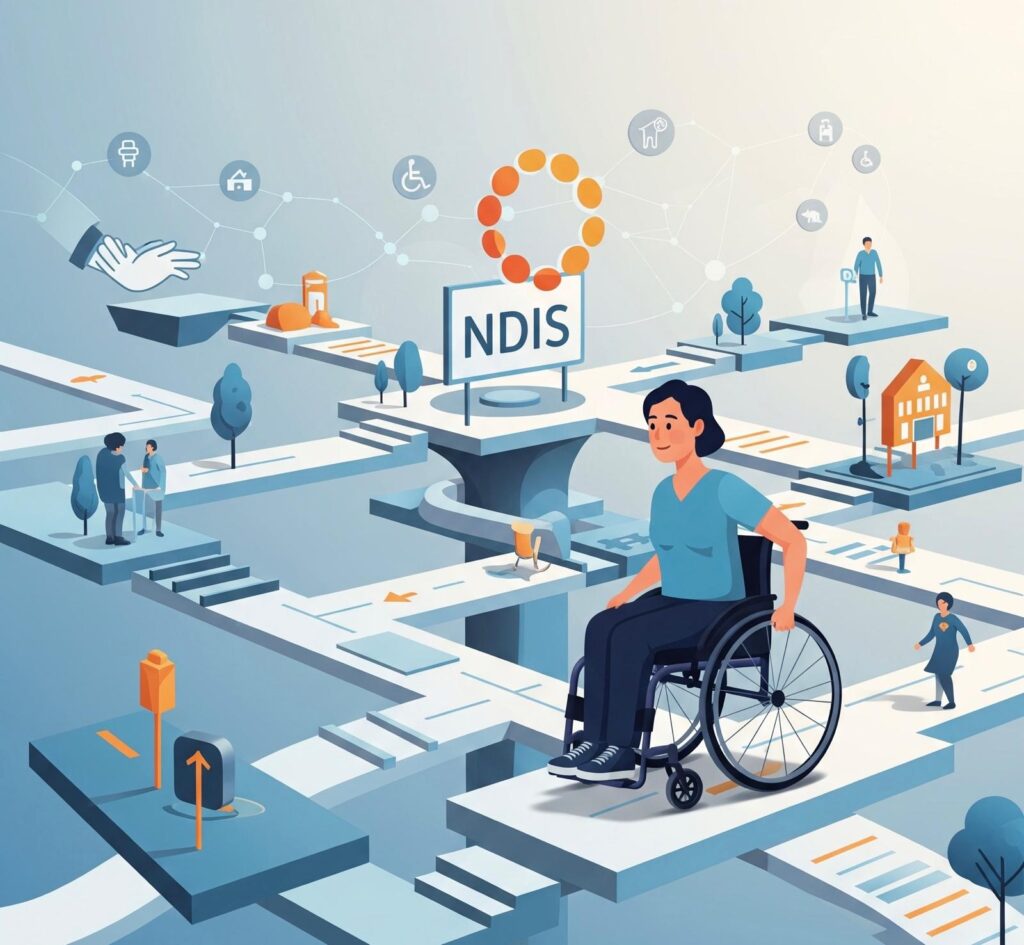Anxiety is a prevalent and often debilitating issue that disproportionately affects children with Autism Spectrum Disorder (ASD). The intersection of autism and anxiety presents unique challenges and requires specific strategies for effective management. This article explores the nature of anxiety in autistic children, including its symptoms, causes, and evidence-based interventions, drawing on recent scientific research.
Prevalence and Significance
Studies indicate that anxiety disorders are significantly more common in children with autism compared to their neurotypical peers. Estimates suggest that between 40% to 60% of autistic children experience some form of anxiety disorder, compared to about 15% in the general population. This heightened incidence is attributed to the unique neurological and psychological profile of autistic individuals, which includes differences in processing social cues and heightened sensitivity to environmental stimuli.
Symptoms of Anxiety in Autistic Children
Anxiety in autistic children can manifest differently than in neurotypical children. Common symptoms include:
- Increased Irritability and Agitation: These can be early indicators of anxiety, particularly if changes in environment or routine provoke them.
- Social Withdrawal: While many autistic children may naturally prefer solitary activities, an increase in withdrawal can indicate anxiety, especially if it involves avoidance of previously enjoyed interactions.
- Physical Symptoms: These may include stomachaches, headaches, or other somatic complaints that do not have a clear medical cause.
- Compulsive Behaviors: Increased reliance on routines and rituals, and extreme distress at minor changes, can also be signs of anxiety.
- Sleep Disturbances: Problems with falling asleep or staying asleep are common among anxious autistic children.
Causes and Contributing Factors
The causes of anxiety in autistic children are multifaceted, involving genetic, neurobiological, and environmental factors. Neurological studies suggest that the heightened sensory sensitivity common in ASD can make everyday sensory experiences overwhelming and anxiety-inducing. Furthermore, the social communication difficulties faced by autistic children can lead to persistent stress and misunderstanding in social situations, contributing to the development of anxiety.
Evidence-Based Interventions
Effective management of anxiety in autistic children involves a combination of behavioral therapies, educational interventions, and, where necessary, pharmacological treatment. Key interventions include:
- Cognitive Behavioral Therapy (CBT): Adapted CBT programs for autistic children have shown efficacy in reducing anxiety symptoms by helping them develop coping strategies and understand their feelings.
- Environmental Accommodations: Modifying the child’s environment to reduce sensory overload — such as using noise-cancelling headphones in loud settings — can help mitigate anxiety triggers.
- Social Skills Training: This involves teaching autistic children explicit social rules and cues to reduce their stress in social interactions.
- Family Involvement: Educating family members about anxiety and its manifestations in ASD is crucial. Family therapy can also support families in developing strategies to manage anxiety collectively.
Conclusion
Anxiety presents a significant challenge for many children with ASD, profoundly affecting their quality of life. Through tailored interventions and ongoing research into the unique experiences of these children, there is potential for significant improvement in their ability to cope with anxiety. As understanding grows, so too will the effectiveness of the interventions designed to assist them.
This comprehensive approach not only alleviates the symptoms of anxiety but also enhances the overall developmental trajectory and well-being of autistic children, supporting them in achieving their full potential.
Take this quick self assessment
References
- van Steensel, F.J.A., Bögels, S.M., & Perrin, S. (2011). Anxiety Disorders in Children and Adolescents with Autistic Spectrum Disorders: A Meta-Analysis. Clinical Child and Family Psychology Review, 14(3), 302-317
- Wood, J.J., & Gadow, K.D. (2010). Exploring the Nature and Function of Anxiety in Youth with Autism Spectrum Disorders. Clinical Psychology: Science and Practice, 17(4), 281-292.
- Sukhodolsky, D.G., Bloch, M.H., Panza, K.E., & Reichow, B. (2013). Cognitive-Behavioral Therapy for Anxiety in Children Diagnosed with Autism Spectrum Disorders: Modification Trends. Research in Autism Spectrum Disorders, 7(7), 821-828.
How to get in touch
If you or your patient/NDIS clients need immediate mental healthcare assistance, feel free to get in contact with us on 1800 NEAR ME – admin@therapynearme.com.au.







